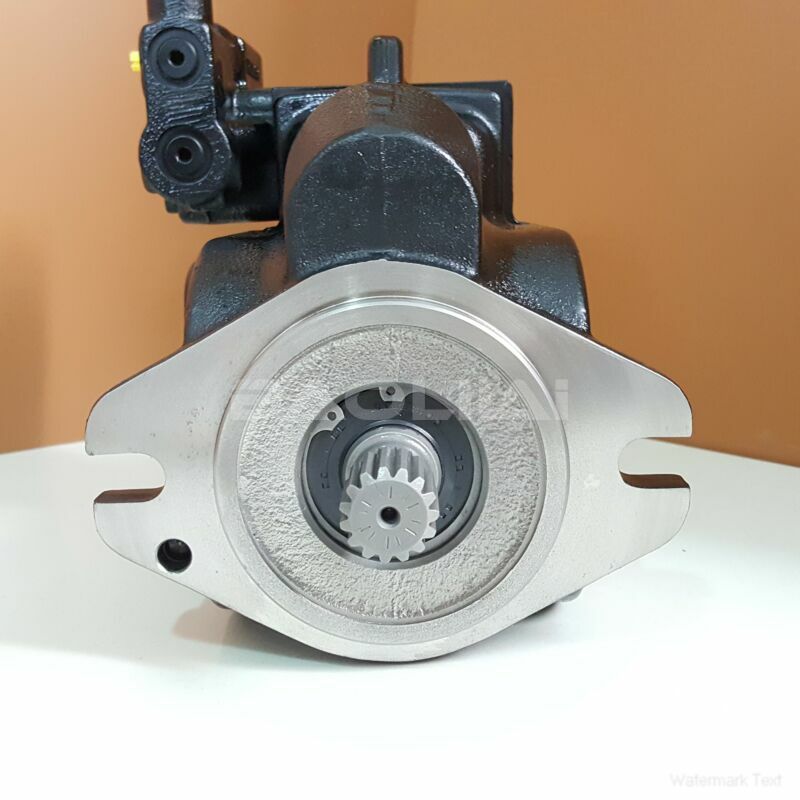KRR045DLS2122NNN3C2NMA6NKNBNNNNNN hydraulic pump
KRR045DLS2122NNN3C2NMA6NKNBNNNNNN hydraulic pump

- Product Details
- Applicable Scene
In the era of smart buildings, the integration of advanced technologies into heating, ventilation, and air conditioning (HVAC) systems plays a critical role in enhancing energy efficiency, comfort, and operational performance. Among the key components in these systems is the hydraulic oil pump, which influences the overall functionality and efficiency of HVAC operations. This article explores the design considerations and innovations necessary for hydraulic oil pumps tailored for smart buildings.
KR-R-045D-LS-21-22-NN-N-3-C2NM-A6N-KNB-NNN-NNN
KRR045DLS2122NNN3C2NMA6NKNBNNNNNN
Efficiency is paramount in modern HVAC systems, where the focus is on reducing energy consumption and minimizing environmental impact. The design of hydraulic oil pumps must incorporate energy-efficient mechanisms, such as variable speed drives, to dynamically adjust pump output based on real-time system demands. This adaptability not only conserves energy but also extends the lifespan of the pump by reducing wear and tear on components.

7004146
One of the essential aspects of designing hydraulic oil pumps for HVAC systems is material selection. Pumps must be constructed from materials that withstand high stress, temperature fluctuations, and potential corrosion from the hydraulic oil. Advanced materials, like composite materials and high-grade stainless steel, can improve durability and reliability, essential traits for long-term operation in smart buildings.
The integration of smart technology is another vital consideration in the design process. Modern hydraulic oil pumps can be equipped with IoT sensors and connectivity features that allow for constant monitoring of performance metrics. These sensors provide real-time data on pressure, flow rates, and temperature, facilitating early detection of issues and enabling predictive maintenance strategies. This data can be linked to a central building management system (BMS), ensuring that HVAC operations are adjusted based on current conditions, further optimizing energy use.
Another innovation in the design of hydraulic oil pumps is the implementation of noise-reduction technologies. As smart buildings often prioritize occupant comfort, minimizing noise pollution from HVAC systems becomes critical. Employing quieter pump designs and noise-dampening materials can significantly improve the indoor environment and align with the overall goal of user comfort in smart buildings.
Environmental sustainability is a growing concern, prompting the development of eco-friendly hydraulic oils that can be used in these pumps. These oils can reduce the ecological footprint of HVAC systems by being biodegradable and reducing the risk of contamination. The design must consider the compatibility of the pump with these alternative fluids, ensuring that performance is not compromised while promoting sustainability.





